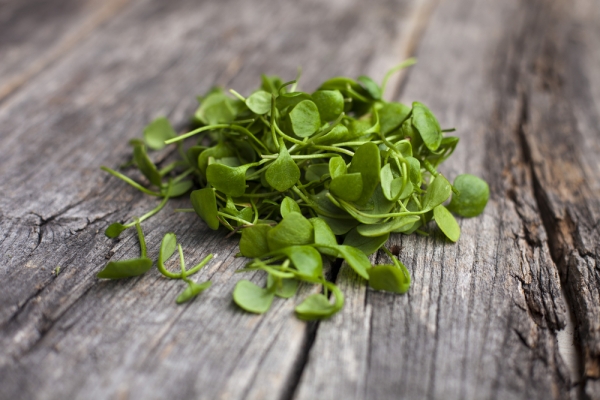If you think kale is the top pick for powerhouse fruits and vegetables, a new study may have you thinking again about which produce packs the most punch.
Researchers from William Patterson University looked at powerhouse fruits and vegetables (PFV) in order develop a way to classify the fruits and vegetables that are more nutritionally dense. They measured the levels of 17 different nutrients in 47 fruits and vegetables, and found 41 of them contained enough of the nutrients to keep the label PFV.
To be a PFV, a food must provide 10 percent or more daily value per 100 calories of the measured nutrients.
Prior to the study, PFV were defined as fruits and vegetables that are yellow or orange and/or are leafy greens or citrus.
Leafy greens in particular pose a nutritional challenge. We know that none of the leafy greens are bad for you, but some definitely pack more nutrients than others. For example, iceberg lettuce usually gets a bad rap for being nutritionally void. However, according to the new classification system, it still counts as a powerhouse vegetable.
Shape Magazine looked at the list of the top-ranking leafy greens on the new classification scale, and the results are a little surprising. Watercress gets top billing, while kale, which is traditionally thought to be the best leafy green nutritionally speaking, ranks below romaine lettuce when their scores are compared.
Here’s how these PFVs stack up:
- Watercress: 100.00
- Chinese cabbage: 91.99
- Chard: 89.27
- Beet green: 87.08
- Spinach: 86.43
- Leaf lettuce: 70.73
- Romaine lettuce: 63.48
- Collard green: 62.49
- Turnip green: 62.12
- Mustard green: 61.39
- Endive: 60.44
- Kale: 49.07
- Dandelion green: 46.34
- Arugula: 37.65
- Iceberg lettuce: 18.28
Shape also spoke with nutrition Heather Mangieri, R.D. about the low ranking of kale compared to other greens. She said the rankings came down to calories per serving of each green.
“You’d have to eat a lot more watercress to get the same amount of calories—and therefore that same amount of nutrients—as in a smaller serving of kale,” she told the magazine.
So if you’re a kale lover, you don’t have to convert to a different green based on the new classification system. Instead, use it as a guide to help you navigate the wide range of PFV. Maybe you’ll find a new favorite!
Also Read:
6 Ways to Makeover a Boring and Bland Salad
Your Ultimate Guide to Greens: 15 Greens, What They Do, and How to Eat Them

